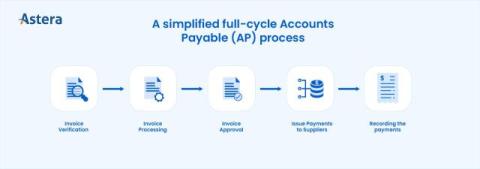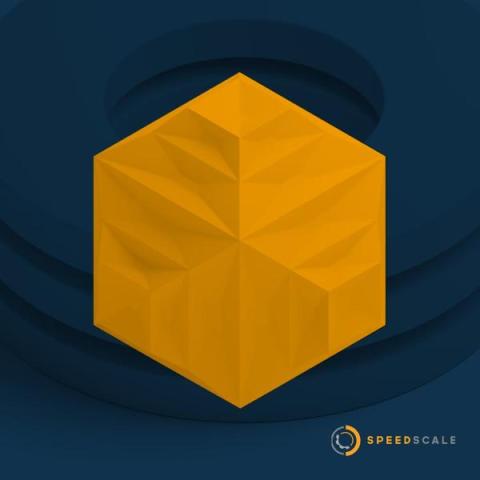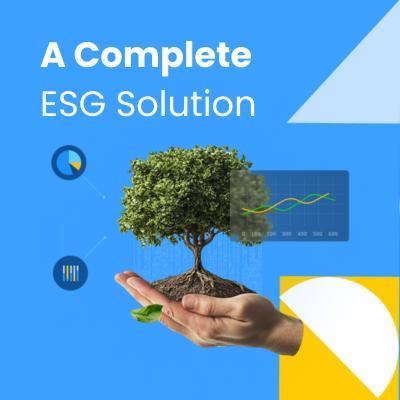The 10 AP Automation Benefits (+1 Bonus Benefit) For Enterprises
Accounts payable (AP) automation is on the rise as finance teams are realizing the benefits of AP automation solutions currently on the market. Teams that achieve partial automation in their AP processes are seeing considerable benefits in terms of time, cost, and efficiency. With vendors now integrating AI technologies into their software solutions, the potential AP automation benefits promise to change the face of accounts payable altogether.











